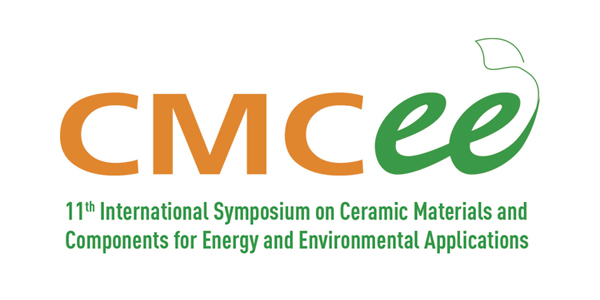
Every three to four years, the international community gathers for an event that bridges the boundaries of geography, nationality, and affiliation.
No, it’s not the World Cup. (Though I think it’s safe to say that fútbol fever is pretty much at an all-time high both here in the States and abroad.)
Rather, the International Symposium on Ceramic Materials and Components for Engines Series—held at different locations throughout Asia, Europe, and the United States for the last 32 years—is an opportunity to encourage and promote critical ceramic research for energy and environmental applications.
“Ceramic materials and technologies are already playing a key role in solving major energy and environmental challenges facing the global community,” says incoming ACerS president-elect and conference chair Mrityunjay “Jay” Singh of Ohio Aerospace Institute, NASA Glenn Research Center in Cleveland. “These materials will be even more critically needed in the current global scenario of tremendous population growth. CMCEE provides a forum for experts from various disciplines and industries from all over the world to discuss different technologies.”
The 11th CMCEE, June 14-19, 2015 at the Hyatt Regency in Vancouver, British Columbia (Canada), is certain to provide the same high-level content attendees have come to expect from organizers.
Co-chairs Tatsuki Ohji of AIST (Japan) and Alexander Michaelis of Fraunhofer Institute for Ceramic Technologies and Systems (Germany) explain just who the conference is geared to.
“A global, high-level event on ceramic materials and innovations, the 11th CMCEE is designed to encourage and promote ceramic research for energy and environmental applications,” says Ohji. “All ceramic scientists, engineers, researchers and manufacturers over the world are invited to share knowledge and state-of-the-art advancements in related materials technology.”
“It provides an optimum platform to stimulate an international technology transfer from research to application with symposia balanced with contributions from academia and industry,” adds Michaelis.
Though the full technical program isn’t yet available, proposed symposia topics include:
Ceramics for Energy Production Systems
- Fuel Cells
- Thermoelectrics
- Photovoltaics
- Nuclear Systems
- Wind and Geothermal
Ceramics for Energy Storage and Distribution
- Batteries
- Supercapacitors
- Hydrogen Storage Materials
- Thermal Energy Storage/PCMs
- High Temperature Superconductors
Ceramics for Energy Conservation and Efficiency
- Ceramic and Composites for Gas Turbines
- Heat Exchangers and Recuperators
- Advanced Coatings and Bearings
- Ceramic Integration Technologies
Ceramics for Environmental Systems
- Photocatalysis and Water Purification
- Ceramic Filters and Membranes
- Materials for Hazardous Waste Remediation
- Pollution Control Devices and Systems
- Advanced Sensors
Cross-Cutting Technologies
- Computational Design and Modeling
- Advanced and Green Manufacturing
- Nanotechnology
- Bio-inspired and Hybrid Materials
- Advanced Sensors and Measurement Tools
For more information, download the save the date flyer or visit ceramics.org/11cmcee.
